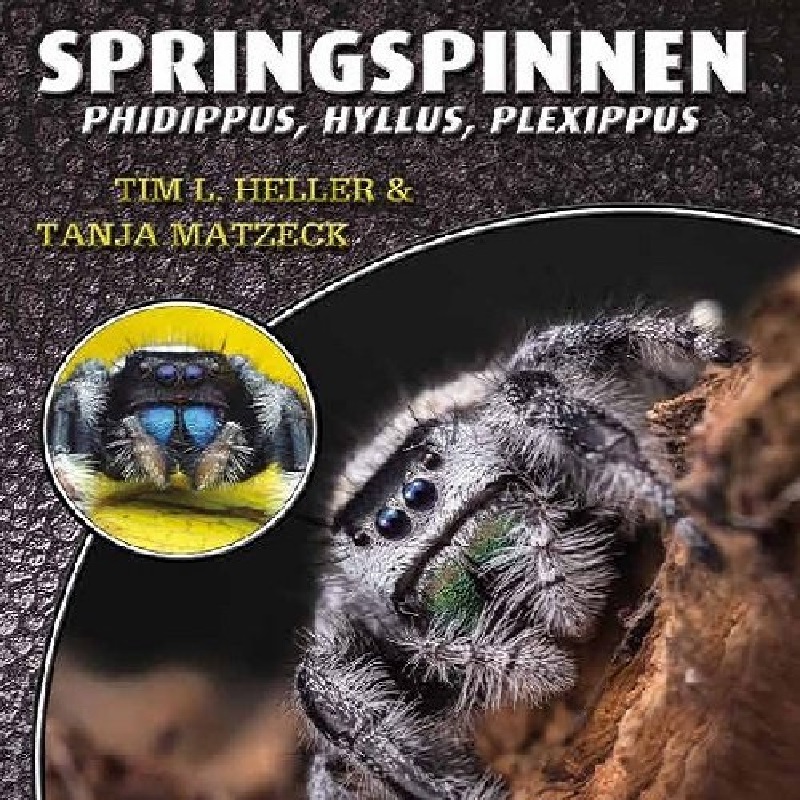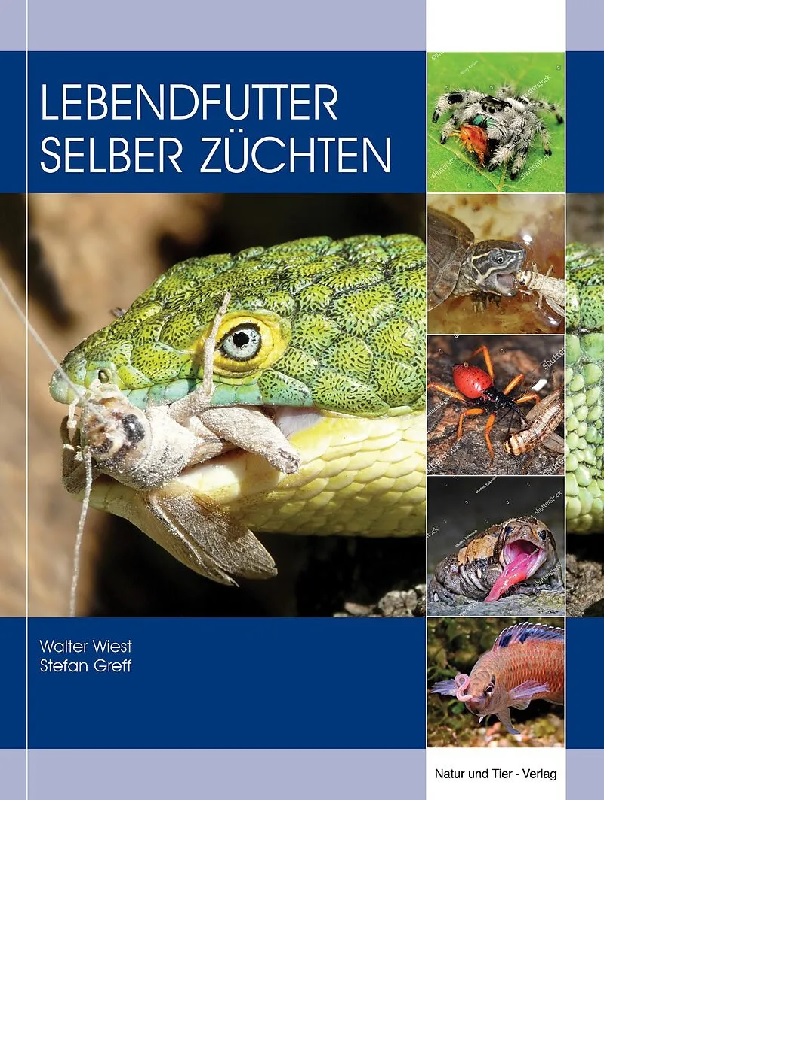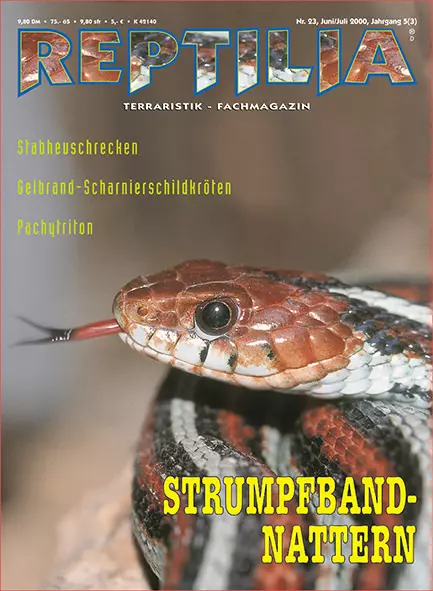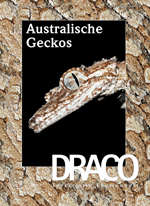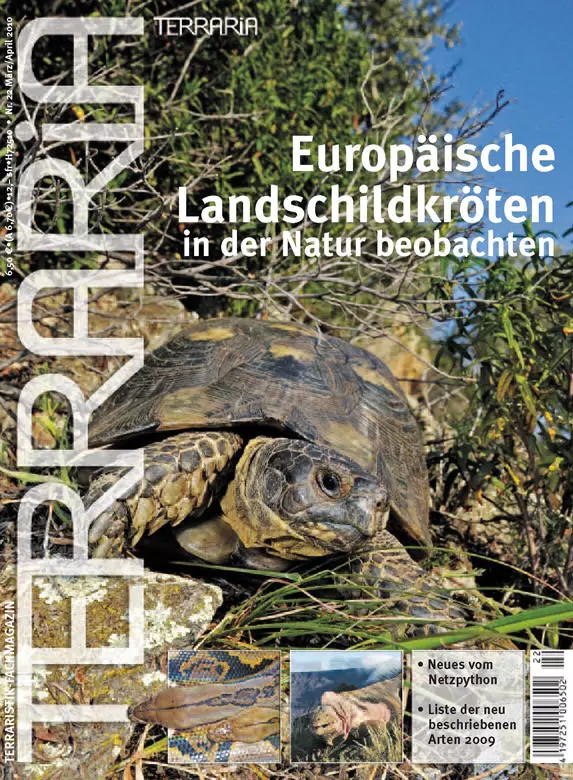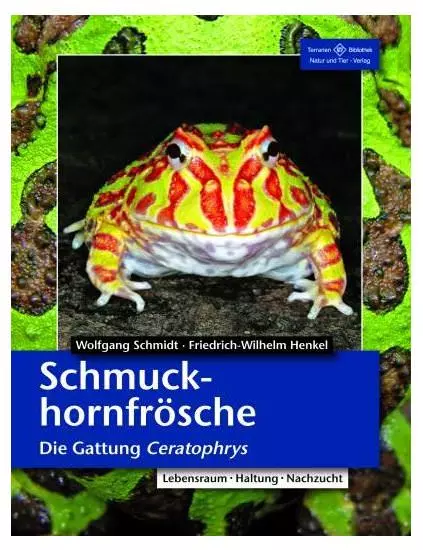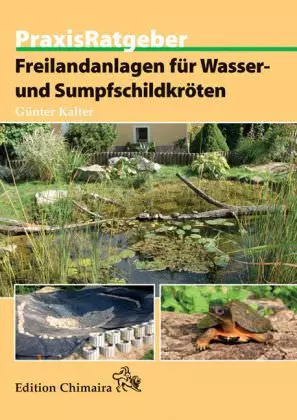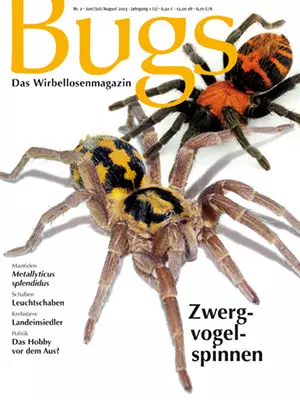
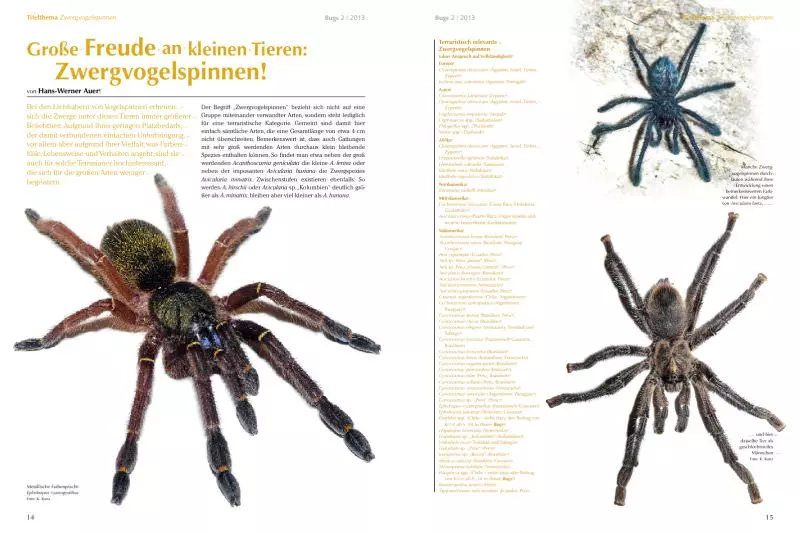
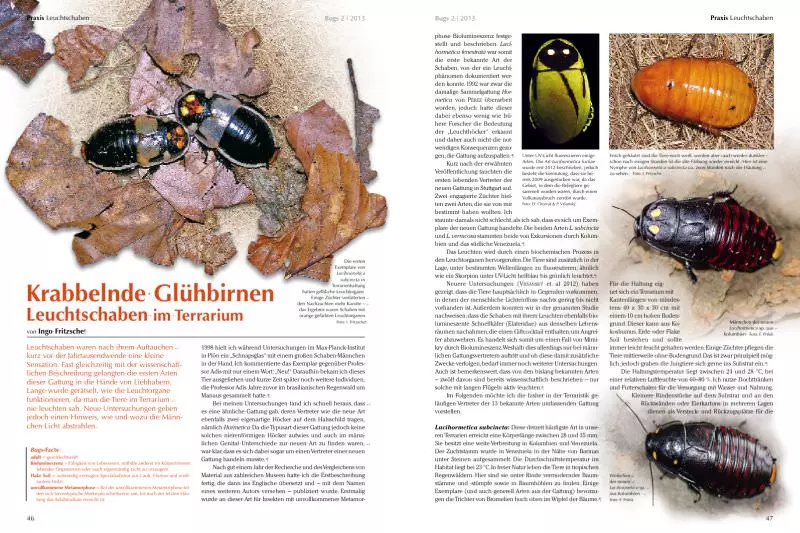
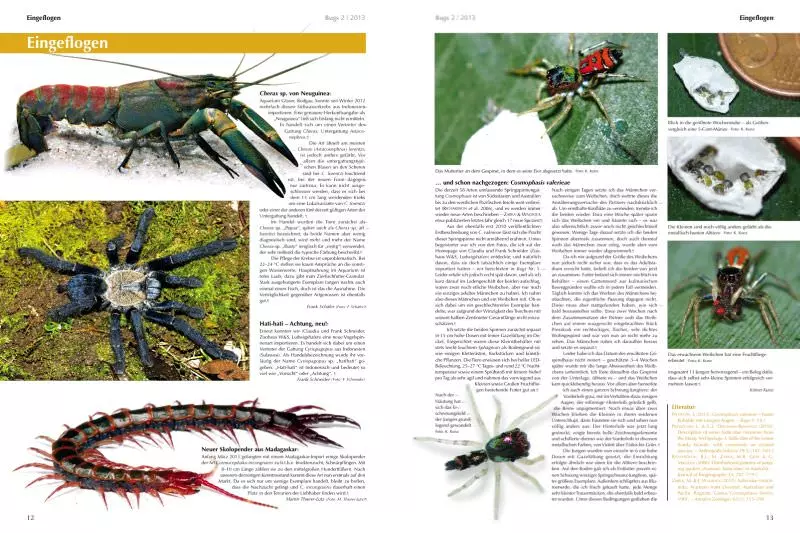












Bugs Nr. 02 - Zwergvogelspinnen
Metallyticus splendidus
Landeinsiedler
Das Hobby vor dem Aus?
Inhaltsverzeichnis
Editorial
Titelthema
Große Freude an kleinen Tieren
Bunte Zwerge
„This girl is on fire!“
Ausgeflogen
Auf Hirschkäfersuche im Süden Indiens
Im Fadenkreuz
Metallische Gottesanbeterin
Reportage
Dem Feldskorpion auf der Spur, Teil 2
Praxis
Leuchtschaben im Terrarium
Praxis
Nachzucht einer neuen Gespenstschrecke aus Sumatra
Kultur
Insekten als Medizin
Ein Leben zwischen Land und Meer
Töpferbiene
Sicherer Umgang mit Hundertfüßern
Kids Corner
Nisthilfe für Wildbienen
Schaukasten
Sichern für die Ewigkeit – gewusst wie!
Bücherskorpion
Auch in Ihrer Nähe
Service & Impressum
Vorschau
Metamorphosen
Fußball!
0 of 0 reviews
Login
Similar products


